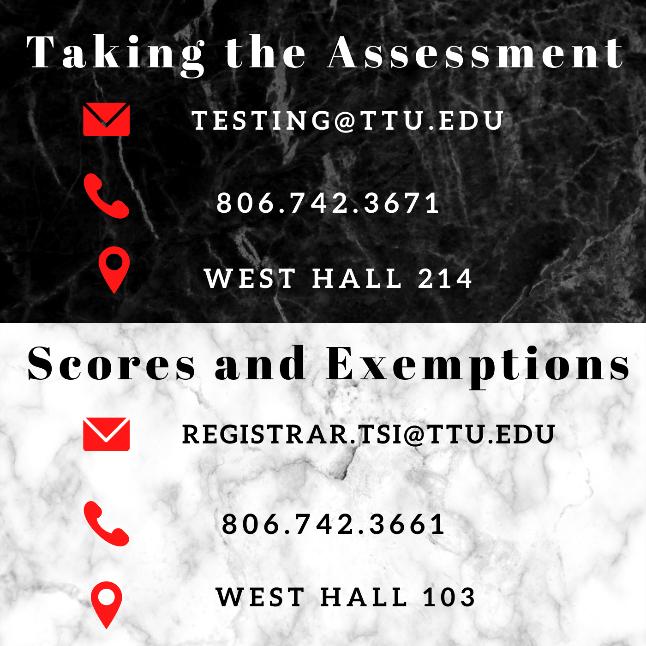
To successfully convey a story, data visualization must be informational, accessible, and visually engaging. While tools like Tableau make it very easy to analyze data and create graphs, text tables, and dashboards, these tools do not guarantee the quality or effectiveness of visualized data. Assessment librarians in particular, not only incorporate data visualization into their workflows, but are often asked to teach visualization skills internally to library colleagues and externally to the greater campus community. The growing popularity of data visualization tools such as Tableau and Microsoft Power BI both inspire and present assessment professionals with several opportunities and challenges in their daily work.
#Ttu ithenticate interpret results how to#

We will touch upon bandwidth and how to know when ‘enough’ information has been collected.įollowing this presentation, participants will work together in groups to explore sample scenarios from a range of institutions with varying organizational structures and priorities. For those working in an academic context, we will briefly discuss the role of the campus institutional review board. We will discuss how to mine and triangulate data, including using headcounts, observational data, logs of use, anonymous feedback (white boards, sticky notes), or quick polls. We will discuss the strengths, limitations, and lessons learned.

We will identify the timeline, stakeholders, methods used, data collected, and strategies for reporting. We’ll start by sharing case studies involving urgent, time-sensitive data requests about a range of library spaces. This half-day workshop will focus on how to scope and conduct timely, library-specific space assessments that can be completed on a short timeline. However, the need for data often emerges with little notice, necessitating urgent, agile, and creative response.

In a perfect world, we would have the time, resources, and support to proactively gather information about space use and impact.
/cloudfront-us-east-1.images.arcpublishing.com/gray/HOHZI22PUFFUDBMBYJ4KMFA4PY.png)
These methods and approaches can produce rich data that can meaningfully inform decision-making – but they also take time and training to be done effectively. Much of the library literature around space assessment focuses on either needs assessments conducted in the lead up to a renovation, or on the application of ethnographic methods to open-ended user research. To prepare for this meeting, the director needs information about who uses a particular space within the library, why they use it, and where those users would go if the XYZ study space is reimagined as this center. The director of the library is meeting with stakeholders in two weeks. Your library has been identified as a possible location. Imagine there are discussions about starting a new resource center on campus or in your community.


 0 kommentar(er)
0 kommentar(er)
